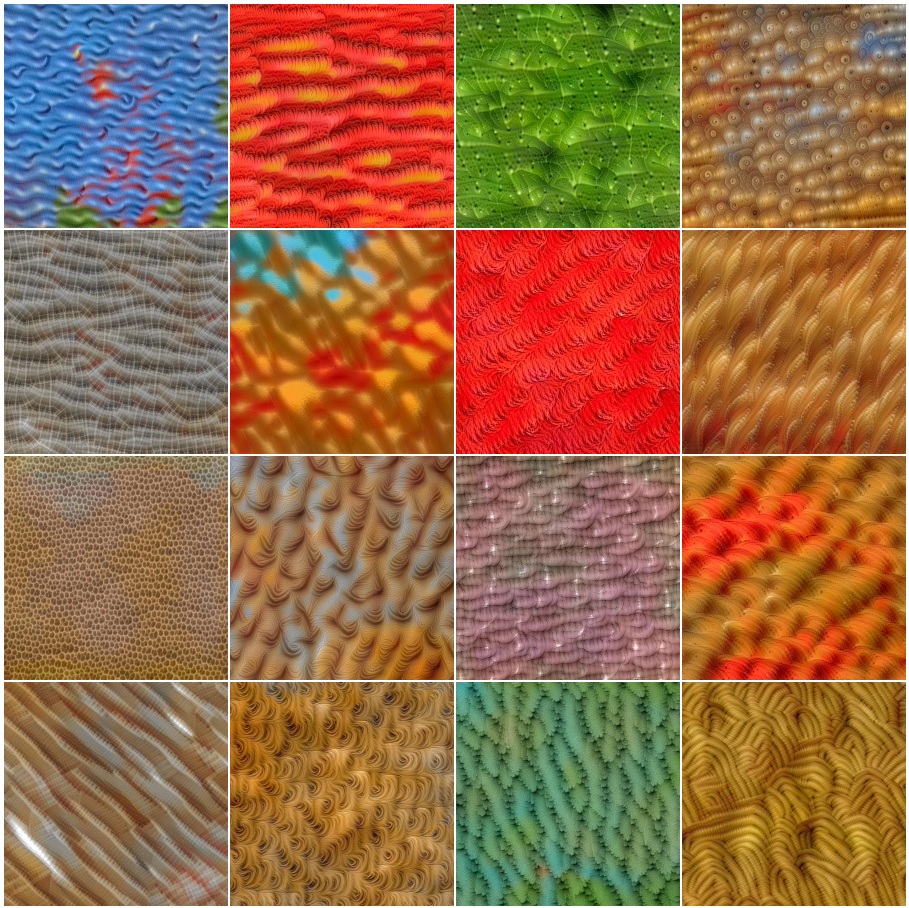
This provided a window into what was happening in the cats’ sleeping brains. Jouvet called this period paradoxical sleep, when the body is still but the mind remains fully active.

With their brains deep in REM sleep the cats began to move as if awake, hunting, jumping, grooming and aggressively defending themselves against invisible threats. Jouvet learned that, in cats, a brainstem structure called the pons seemed to regulate REM sleep and produce partial paralysis.īy removing parts of the pons, however, Jouvet caused a dramatic change in behaviour. This state of atonia ensures the body doesn’t act out our dreams no matter how real they seem. In REM sleep, human muscles don’t move much despite the intense mental activity that powers our dreams. Michel Jouvet, a pioneer of sleep studies, uncovered evidence of feline dreaming in the 1960s when he observed cats’ behavior while they slept and then altered it dramatically. “But when we look into animal models we’re simply trying to understand what goes on during sleep that might influence learning, memory, and behaviour.” What cats dream aboutĭomestic cats were some of the first animals subjected to dream research. “We have this idea of dreams being a confabulatory narrative with kind of crazy, vivid elements to it,” says Matthew Wilson, a neurobiologist at MIT. The thought of spider dreams sounds outlandish, but it may be true. We know primates have emotions, but consider spiders, which a recent study suggests may experience REM-like sleep and even visual dreams. Peña-Guzmán, who studies the philosophy of science at San Francisco State University and recently authored When Animals Dream: The Hidden World of Animal Consciousness. “I think dreaming gives us a way of extending a number of cognitive capacities to animals that includes things like emotion, memory, and even imagination,” says David M. Studying animal dreams is even harder dogs can’t tell us what made them whine or run during a snooze.ĭepending on how one defines them, animal dreams could have intriguing implications. We still don’t know exactly why humans dream, or why dreams might be important. If you’ve ever watched a dog nap, you’ve probably wondered if animals dream.


 0 kommentar(er)
0 kommentar(er)
